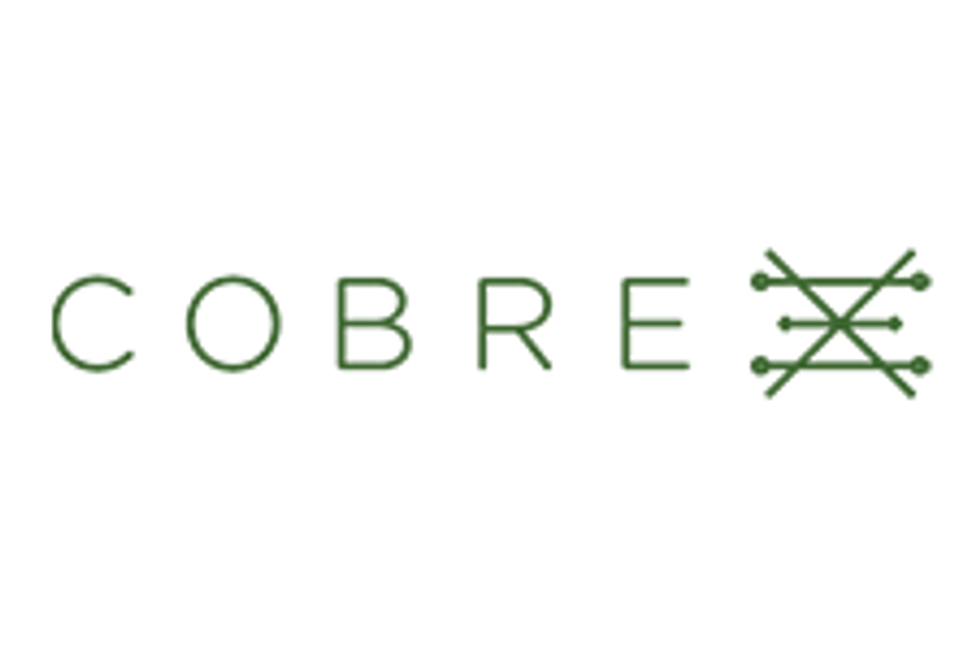Liberty Silver’s Shares Rise Following Suspensions
Following trading suspensions in the US and Canada, Liberty Silver’s shares have been upward bound.
The US Securities and Exchange Commission (SEC) suspended trading of Liberty Silver’s (TSX:LSL) shares on October 5. The SEC was “of the opinion that the public interest and the protection of investors” warranted that action. Shortly thereafter, Canadian authorities followed suit. Both suspensions have now expired, but the company’s ability to trade in the US is limited to the grey market. Since October 22, Liberty Silver, a company with no producing assets, one project and a limited amount of cash, has again been trading on the TSX, and its stock is on the rise. Now that’s investor confidence — or is it?
It appears to the SEC that there is a lack of current and accurate information concerning the securities of Liberty Silver due to questions concerning publicly-available information about the company, the control of its stock and trading in the stock, the agency said in its suspension order.
It is unclear what actually sent up authorities’ red flags. Many believe that it had something to do with the company’s connection to Robert Genovese, an entrepreneur who has been accused of being a stock promoter.
When announcing that it would resume trading on the TSX, Liberty Silver distanced itself from Genovese and said it had no contractual or other relationship with him or his companies other than a private placement in November 2011 by a company controlled by Genovese. Liberty also disclosed information about its Trinity silver project.
Background on Liberty Silver
Liberty Silver began as Lincoln Mining. It acquired a project in Elko in 2007, but “the company was not able to keep the mineral claim in good standing due to lack of funding.” Lincoln did not pay to renew the lease for 2010. It decided to charge off $11,800 and it changed its name that year.
Since then, little Liberty Silver’s strategy has been to do big things, and that has raised more than a few brows along with a list of questions.
It often begins with the company’s management and director roster, which is thought to have a lot of big names for a small, very early-stage junior miner.
In the US, Liberty traded on the OTCBB. When it started trading in Canada in December 2011, it did so on the TSX. That leap, over the TSX Venture Exchange, was made possible by the aforementioned $3.2 million from Genovese’s company.
With about $1.7 million in cash at the end of June, the company attempted a hostile all-share takeover of Sennen Resources (TSXV:SN), which had a treasury of over $13 million. The efforts failed.
While its trading was suspended, Liberty expanded the Trinity land package, for which the company has a 70 percent earn-in agreement. Liberty plans to use to its recent acquisition of the Hi-Ho claims, which lie adjacent to Trinity, to meet its $5-million spending requirement under the agreement.
The Trinity project is often hailed for its once-producing mine. However, that property has only an inferred resource. Furthermore, Liberty Silver planned to use Sennen’s cash to help finance work on that project. Management is now concerned that the company may not have sufficient capital to meet its fiscal obligations.
Genovese is meanwhile rumored to possess control over millions of undisclosed Liberty Silver shares. That could be of grave concern for Liberty Silver investors if the claims of an anonymous report prepared for the SEC on Genovese are true. It outlines developments at Liberty Silver that are eerily close to those of numerous companies whose investors reportedly suffered 90 to 100 percent losses, often after stock prices were artificially inflated.
In an effort to cut through some of the rumors and speculation, Silver Investing News (SIN) talked to Kevin O’Connor, Liberty Silver’s investor relations contact.
SIN: What information did the SEC consider lacking and what information was considered inaccurate?
KO: I can’t address that specifically.
SIN: You can’t address it because it’s confidential or because you were never informed?
KO: I just can’t address that.
SIN: Liberty Silver released some information before it began trading again. How did the company decide what information to release? Was the information in the press release explicitly requested by the authorities?
KO: We reminded shareholders to only rely on information that the company had put out. Our intention with that news release was just to clarify anything that was out there in the public domain that might have differed from company reports.
SIN: There was a statement made about Mr. Genovese? To eliminate misunderstanding, what were the requests made by the Canadian authorities and by the SEC?
KO: I can’t really address that.
SIN: Apparently, the requests by the Canadian authorities have been met. What is the hold up in meeting the requests by the SEC?
KO: The SEC trading suspension, or cease trade, was for two weeks. It expired on October 18 at 11:59.
SIN: Liberty issued a statement saying it was working to comply with requirements to trade again in the US.
KO: Actually, what the announcement said was the company, due to the cease trade, would not again be quoted on the OTCBB immediately. It would be quoted on the grey market. And we were reviewing the procedures to get back up on the OTCBB.
SIN: Reviewing procedures? Not requests or demands by the SEC?
KO: There are requirements necessary to permit the stock to resume trading on the OTCBB. There are some steps we need to take and we are reviewing those now.
SIN: So those requirements are more stringent or more complicated than those for the TSX?
KO: There are certainly some different steps in the US than in Canada, yes. But I am not an expert on that.
SIN: When Liberty attempted to take over Sennen, Sennen clearly had much more cash. But Liberty valued itself higher, correct?
KO: We made an offer based on the volume-weighted average price of each company. The offer was at an implied price of a $0.20 per share for Sennen, which was a 47 percent premium of the 20-day volume-weighted average on July 13.
O’Connor said that Liberty’s share price was more than three times higher that day, though the actual price was unavailable during the discussion. Asked for an explanation about those valuations, O’Connor said “the market does what the market does.”
“I think Sennen was like a number of junior companies out there. They have projects that aren’t advancing and the market valued it on that,” he added.
O’Connor said at this point, Sennen’s most valuable asset appears to be its cash.
He dismissed Liberty’s “substantial doubt about the company’s ability to continue” as a typical going concern statement.
Liberty Silver’s stock, last at about $1.15, is up more than 18 percent over the past five days.
“Investors are obviously glad that trading has resumed and the price has stabilized,” said O’Connor.
Finally, to the claims of the association with Genovese. “Does this gentleman hold or have control over the large number of undisclosed shares as alleged?” SIN asked.
“I can tell you Mr. Genovese participated in the private placement. For our last filing we contacted shareholders to discern that they do not hold more than 5 percent [of outstanding shares] and Mr. Genovese said he does not.”
Securities Disclosure: I, Michelle Smith, do not hold equity shares in any of the companies mentioned in this article.




